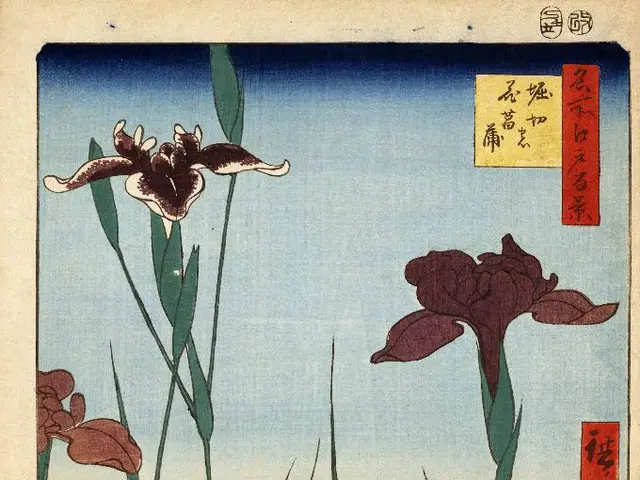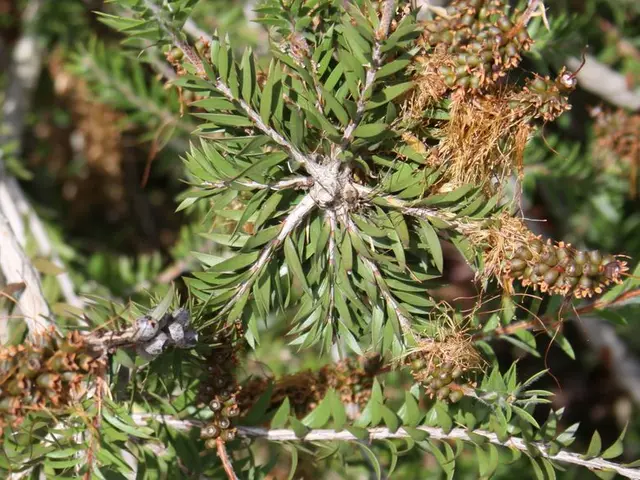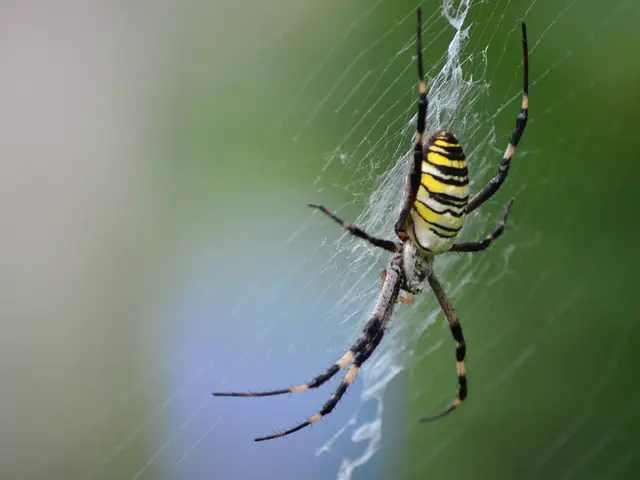14 Spectacular Indoor Bloomers that Thrive in Winter's Chill
Winter poses challenges for gardeners as annual blooms wane, bulbs are shifted indoors for wintering, and trees shed their leaves. Even in warmer areas, shorter days and limited sunlight reduce gardening time. However, you can still enjoy the vibrancy of a spring and summer garden by incorporating winter-blooming houseplants into your collection. Plants like bird of paradise and moth orchid produce blooms during winter, providing visual delight until the arrival of warmer weather.
Justin Hancock, horticulturist at Costa Farms, and Melinda Myers, gardening expert and host of the Great Courses DVD series How to Grow Anything, recommend several houseplants for winter blooming.
Holiday Cacti
Holiday cacti, such as the Christmas, Easter, and Thanksgiving varieties (Schlumbergera spp.), are epiphytes that grow on tree limbs instead of the ground. They feature green, flattened stems with toothed margins and produce colorful flowers in hues of yellow, peach, orange, red, pink, purple, or white during the coolest months of the year.
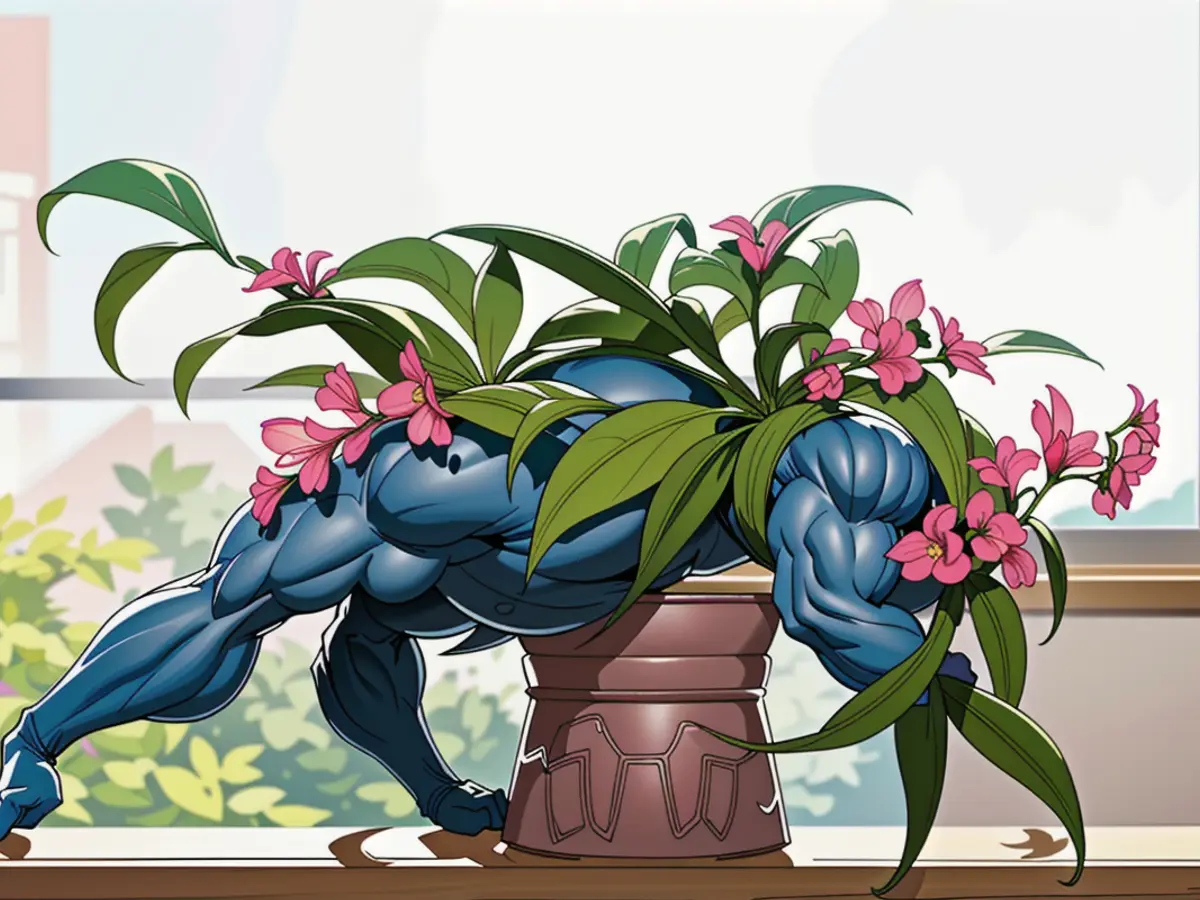
- Size: 12 inches tall x 24 inches wide
- Growing conditions: Bright light; well-draining soil
Anthuriums
Anthuriums (Anthurium scherzerianum) are popular, exotic flowering houseplants with glossy, heart-shaped, green leaves and heart-shaped pink, red, or white blooms. These plants enjoy abundant light, fertilizer, and moisture to produce flowers nearly year-round that can last for months.
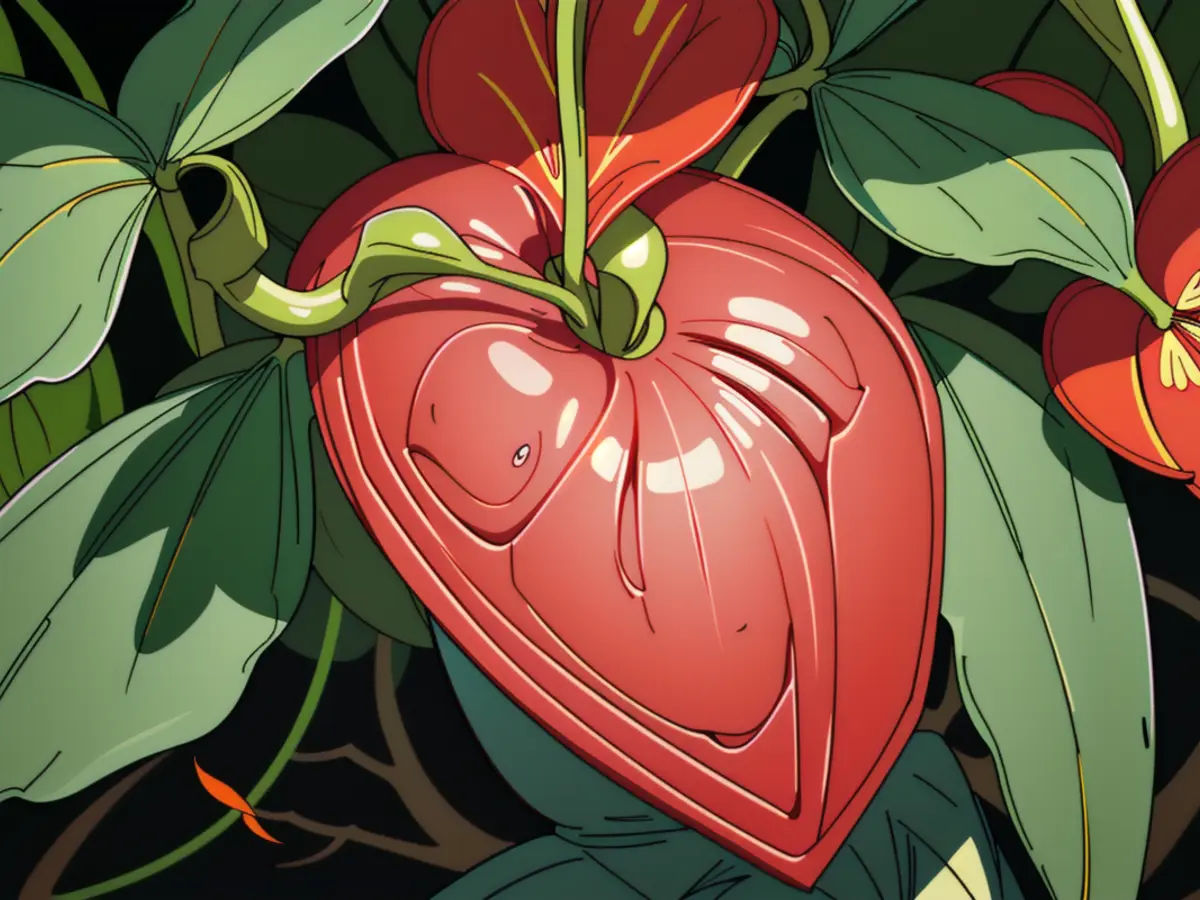
- Size: 18 inches tall x 12 inches wide
- Growing conditions: Bright light; well-draining, soilless mix
Bromeliads
Bromeliads add a tropical touch to your home during winter, featuring strappy leaves with colorful flower clusters in shades of red, orange, yellow, pink, purple, or white. Individual plants bloom once but produce offshoots, ensuring continuous blooms as they mature.

- Size: 3 feet tall x 3 feet wide
- Growing conditions: Medium to bright light; well-draining soil
Oxalis
Also known as shamrock, oxalis (Oxalis spp.), features clover-shaped leaves that fold up at night or in low light. It blooms for several months during winter and can be forced into dormancy to manage bloom time. To promote bloom, slow watering and fertilizing in late summer and allow the plant to rest in a cool, dark place.

- Size: 6 to 12 inches tall x 6 to 12 inches wide
- Growing conditions: Bright light; well-draining soil
Clivia
Clivia (Clivia miniata) is a vibrant plant that can be challenging to get to bloom but rewards gardener's patience with fans of strap-like green leaves and umbel-shaped clusters of yellow, orange, and red flowers in winter. Each flower lasts only a few days, but the plant remains in bloom for several weeks.

- Size: 1 to 3 feet tall x 2 to 3 feet wide
- Growing conditions: Bright diffused light; well-draining organic soil
African Violets
African violets (Saintpaulia ionantha) sport purple flowers that can last for several weeks throughout the year, including winter. These plants have fuzzy leaves with ruffled edges and require bright light and moist, well-draining soil to maintain continuous blooming.
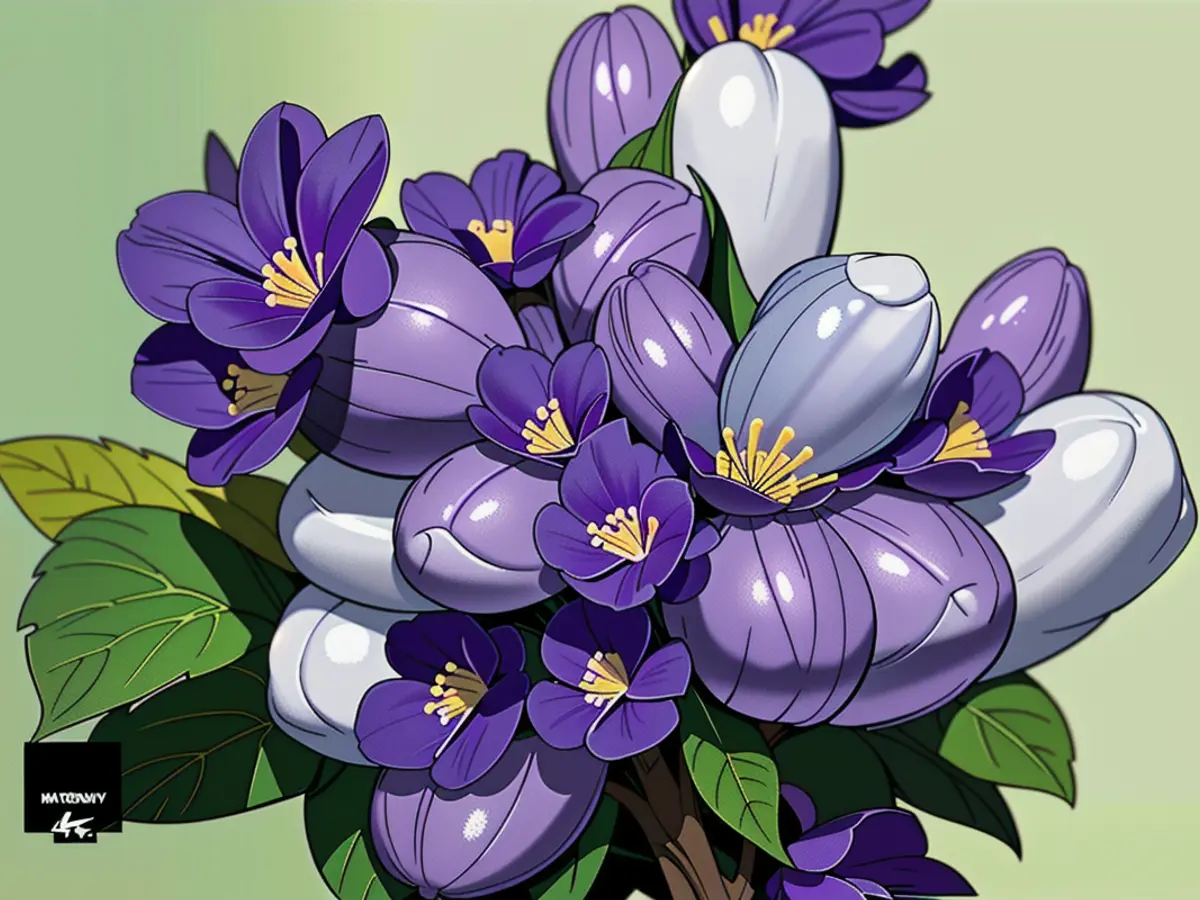
- Size: 2 to 8 inches tall x 2 to 8 inches wide
- Growing conditions: Bright light; moist, well-draining soil
Alsobia
Alsobia (Alsobia dianthiflora) is a cousin to African violets with fuzzy green leaves and white-fringed edges. It thrives in medium to bright light and produces flowers without special care during winter.
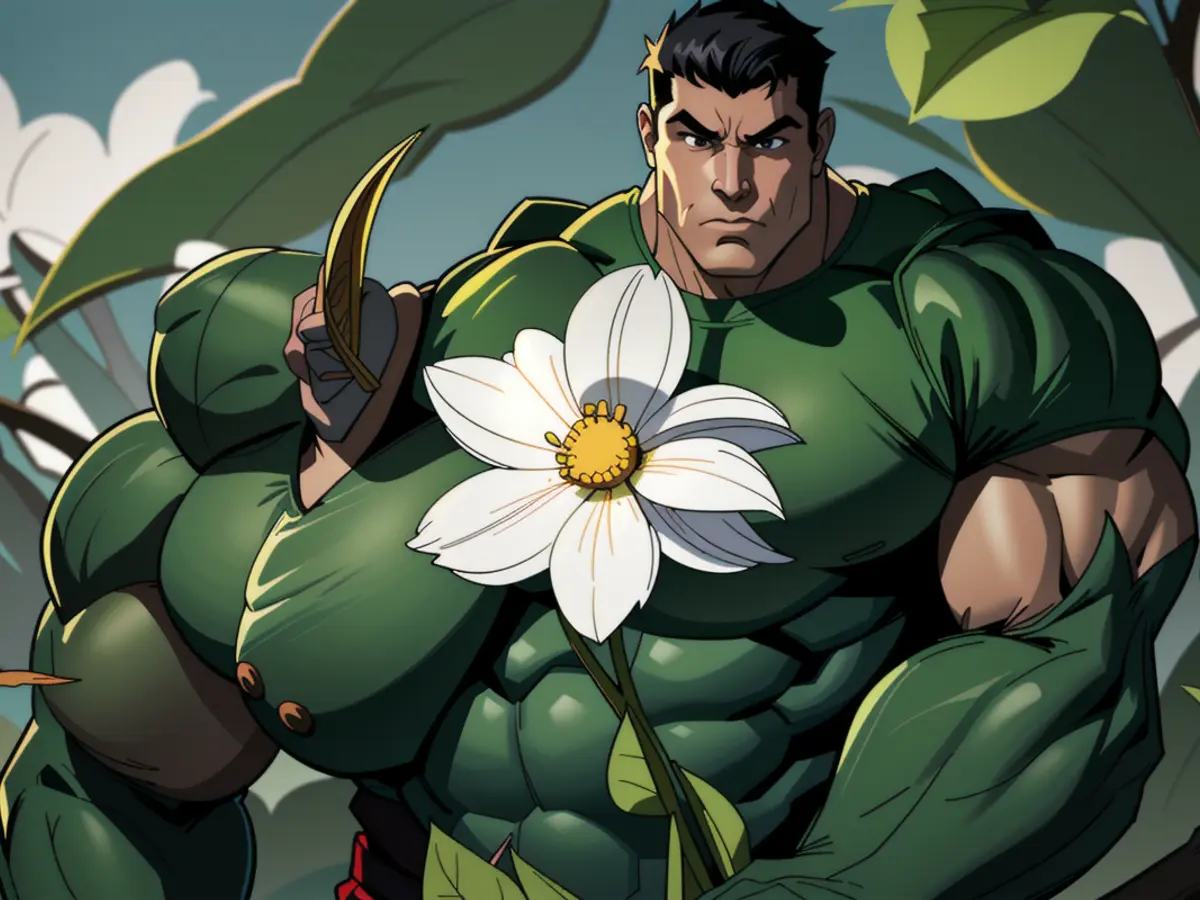
- Size: 2 to 8 inches tall x 2 to 8 inches wide
- Growing conditions: Medium to bright light; well-draining organic soil
Paraphrased text:
Gardeners experience challenges during winter as annual blooms fade, bulbs are moved indoors for wintering, and trees shed their leaves. Warmer areas also see shorter days and reduced light, limiting gardening time. However, winter doesn't mean an end to garden color. Adding winter-blooming houseplants to your collection can bring the charm of spring and summer into your home.

Justin Hancock, a horticulturist at Costa Farms, and Melinda Myers, gardening expert and host of the Great Courses DVD series How to Grow Anything, recommend several winter-blooming houseplants to lift your spirits.
Holiday cacti, such as the Christmas, Easter, and Thanksgiving varieties, are epiphytes that grow on tree limbs instead of the ground. They have green, flattened stems with toothed margins and produce colorful flowers from yellows to whites during the coolest months.
Anthuriums are cheerful, exotic plants that produce long-lasting blooms in shades of pink, red, or white atop glossy green heart-shaped leaves. These plants flourish when they receive adequate light, fertilizer, and moisture.

Bromeliads are exotic plants with strappy leaves and colorful flower clusters that add tropical charm to your home during winter. Each plant blooms once and then produces offshoots, ensuring continued blooms as they mature.
Oxalis, also known as shamrock, features clover-shaped leaves that fold up at night or in low light. It can bloom for several months during winter and can be forced into dormancy to manage bloom time.
Clivia is a vibrant plant that can be challenging to get to bloom but rewards patience with umbel-shaped clusters of yellow, orange, and red flowers in winter.
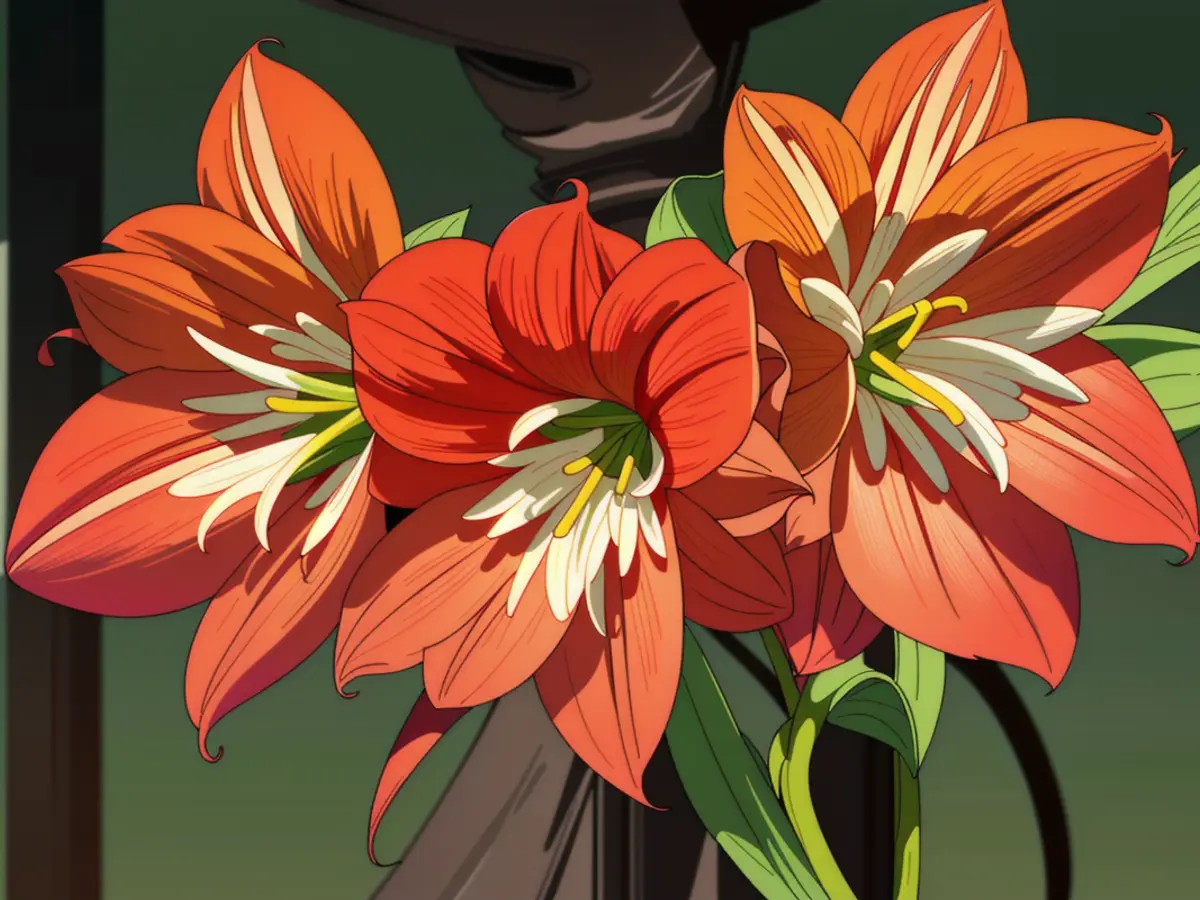
African violets produce purple flowers that last for several weeks during any season, even winter. They have fuzzy leaves with ruffled edges and require bright light and moisture to maintain continuous blooming.
Alsobia, a cousin to African violets, has fuzzy green leaves and white-fringed edges. It grows low and produces flowers without special care during winter.
Each of these winter-blooming houseplants offers unique charm and vibrancy, ensuring that your home is never devoid of color even during the coldest months.
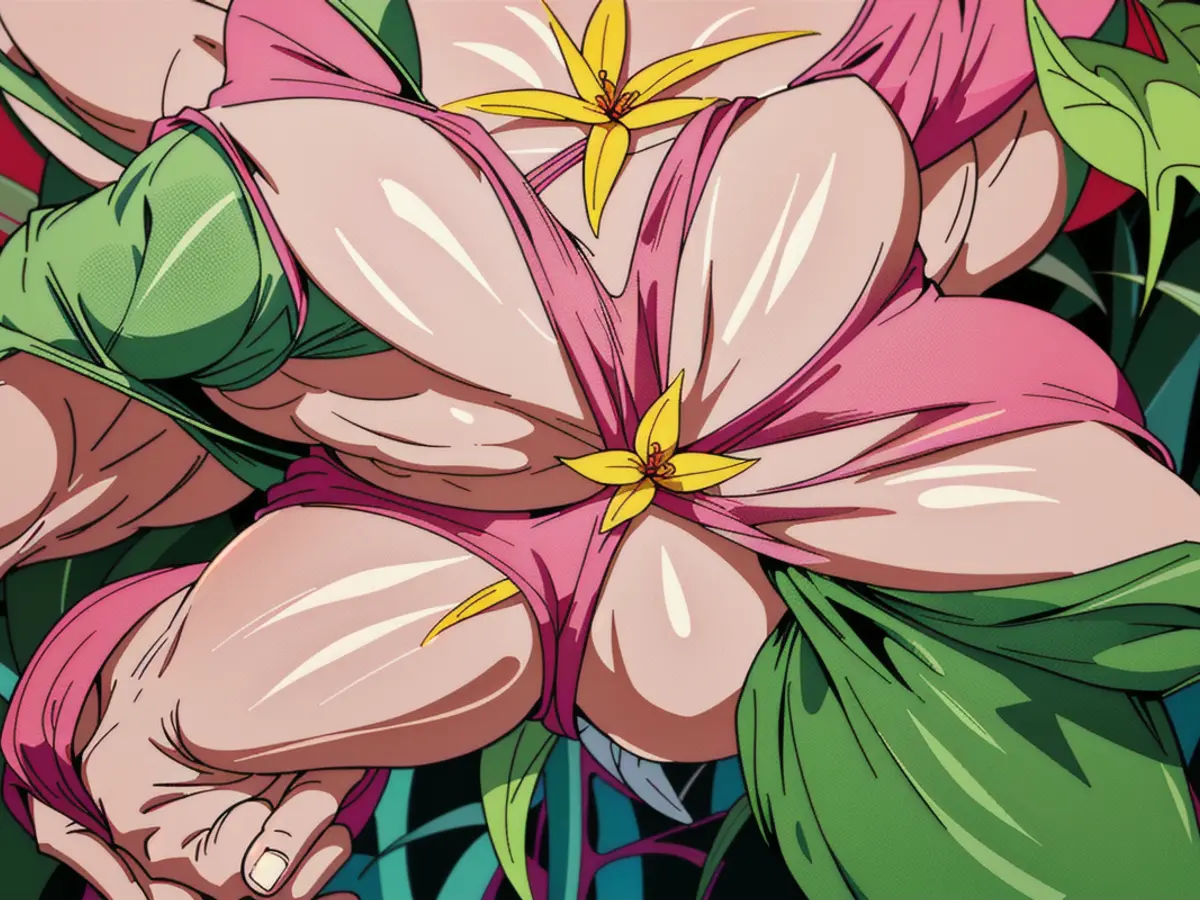
Ephiphantic phalaenopsis orchids serve as outstanding indoor plants, even for novices. These plants boast alluring butterfly-like or moth-like blooms in a wide array of hues, from pinks and purples to apricot, orange, and salmon, to lemony yellow and pristine white, as per Hancock. These blooms adorn elegant stems above the flat, fan-shaped leaves. With proper care, these blooms can persist for several months.
- Height & Width: Ranging from 16 to 30 inches tall and 8 to 10 inches wide
- Growth Conditions: Requiring bright light and an orchid mix

Kalanchoe, commonly sold blooming from late November to Valentine's Day, features a rosette of sturdy, scalloped, succulent leaves and small, flat clusters of blossoms. To induce re-blooming, place the kalanchoe in 14 hours of total darkness, followed by daytime exposure out of the darkness until the buds are fully formed.
- Height & Width: 16 to 12 inches tall and 12 inches wide
- Growth Conditions: Requiring bright light and well-draining soil

Amaryllis, popular during the holiday season, produces a tall flower stalk adorned with several single or double trumpet-shaped blooms in various colors. Allow it to enter a dormant phase by placing it in a dark location once it has finished blooming. After 12 weeks, or when new leaves appear, transfer it to a bright location and resume care.
- Height & Width: 16 to 20 inches tall and 6 to 8 inches wide
- Growth Conditions: Requiring bright light and well-draining soil

Poinsettia, a popular winter houseplant, is cherished for its brilliant leaves and tiny, yellow flowers. This plant is typically purchased already in bloom during the holiday season, but it can be encouraged to bloom again next year with timely care. Start with 14 hours of uninterrupted nightly light in early September, and continue for seven to eight weeks, then revert to normal care when the colorful bracts start showing hues.
- Height & Width: 2 to 3 feet tall and 2 to 3 feet wide
- Growth Conditions: Requiring bright light and well-draining soil
Bird of paradise is an enchanting winter plant with elongated oversized leaves and unique, bird-like flowers. It can bloom sporadically throughout the year, including winter, but this requires a mature, potbound plant. The blooms persist for three weeks or more and make excellent cut flowers, as per Meyers.
- Height & Width: 3 to 4 feet tall and 3 to 4 feet wide
- Growth Conditions: Requiring bright light and organic, moisture-rich soil
Florist cyclamen, with heart-shaped leaves, produces white, pink, red, magenta, or lavender flowers with downward-facing, fused petals resembling a butterfly. The bloom period lasts for up to three months, from winter through spring. Remove spent flowers to maintain a prolonged bloom period.
- Height & Width: 6 to 9 inches tall and 6 to 9 inches wide
- Growth Conditions: Requiring bright light and organic, moisture-rich soil
Flame violet, a close relative of African violet, features an attractive blend of flowers and foliage, ensuring it remains visually appealing even outside of blooming seasons. Blooms appear in shades of red, orange, and pink, with variegated fuzzy foliage. Adequate light will keep it in bloom year-round.
- Height & Width: 6 to 9 inches tall and 6 to 9 inches wide
- Growth Conditions: Requiring medium to bright light and potting mix suitable for indoor plants
Martha Stewart recently featured an article in Home Garden News highlighting the benefits of incorporating winter-blooming houseplants into your garden collection. According to the article, expert horticulturist Justin Hancock from Costa Farms and gardening expert Melinda Myers recommend several houseplants to bring vibrancy and color into your home during the winter months.
Among the recommended houseplants are holiday cacti, anthuriums, bromeliads, oxalis, clivia, African violets, and alsobia. Each plant offers unique characteristics and requirements to thrive, ranging from bright light and well-draining soil to medium to bright light and organic, moisture-rich soil.
In addition to these recommended plants, Ephiphantic phalaenopsis orchids, kalanchoe, amaryllis, poinsettia, bird of paradise, florist cyclamen, and flame violet are also popular houseplants that can bloom during the winter season. With proper care and lighting, these plants can provide an enchanting display of colors and fragrances to brighten up your home during the cold winter months.


